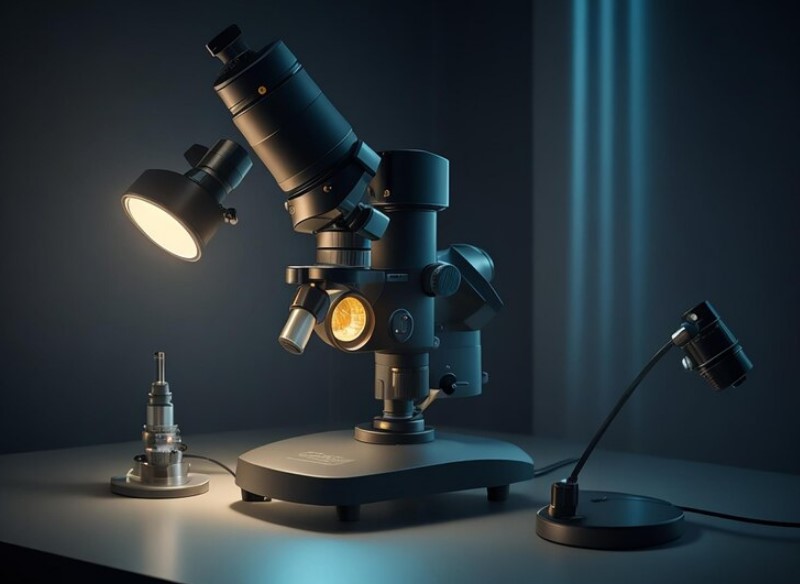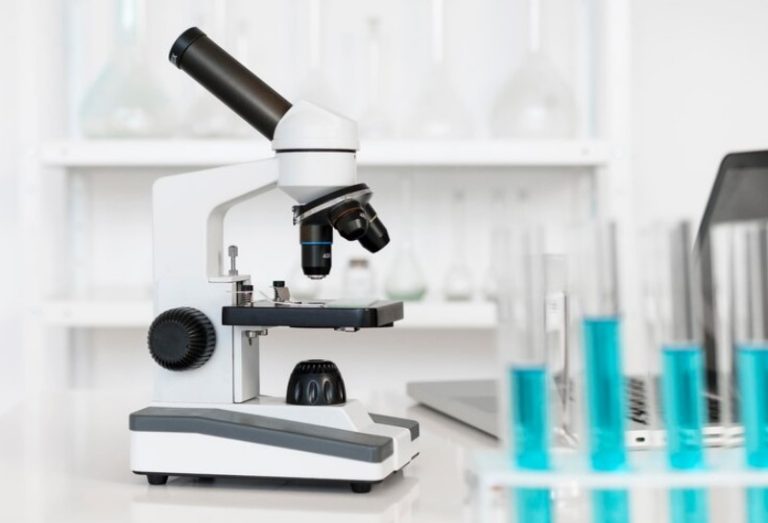Microscopes are invaluable tools that have revolutionized our understanding of the microscopic world. They enable us to observe and study objects and details that are invisible to the naked eye. Microscopes serve multiple functions, each playing a crucial role in magnifying, resolving, and illuminating specimens. Firstly, magnification allows us to enlarge objects, revealing intricate structures and details. With various objective lenses, microscopes offer different levels of magnification, allowing for detailed examination at different scales. Secondly, resolution determines the level of detail visible in the image. Higher-resolution microscopes can distinguish between closely spaced objects, providing sharper and clearer images. Lastly, illumination is vital in enhancing visibility and contrast. Proper lighting conditions allow for optimal visualization and highlight specific features of interest.
By fulfilling these functions, microscopes empower scientists, researchers, and students to explore the hidden world of cells, microorganisms, and other microscopic phenomena, leading to significant discoveries and advancements in various fields of science and medicine.
Three Functions of Microscope
A microscope is an invaluable tool used in various scientific fields, research, and education to explore and examine the microscopic world. It enables us to observe and study objects and details that are too small to be seen with the naked eye. Microscopes serve multiple functions, each playing a crucial role in facilitating detailed analysis and investigation. Three key functions of a microscope include magnification, resolution, and illumination.
- Magnification: One of the primary functions of a microscope is to magnify objects. Microscopes consist of a set of lenses that work together to enlarge the image of a specimen. By increasing the apparent size of the object, microscopes allow us to observe minute details and structures that would otherwise be invisible. Different objective lenses with varying magnification levels can be utilized to examine the specimen at different scales.
- Resolution: Resolution refers to the ability of a microscope to distinguish between two closely spaced objects as separate and distinct entities. It is a measure of the microscope’s ability to reveal fine details and provide clarity in the observed image. Microscopes with higher resolution can differentiate between small structures and provide clearer, more detailed images. Improved resolution allows for better analysis and understanding of the specimen’s characteristics and intricacies.
- Illumination: Illumination is another crucial function of a microscope. It involves the provision of adequate light to illuminate the specimen, enabling clear visibility and contrast. Microscopes typically have built-in light sources that can be adjusted to achieve optimal lighting conditions. Proper illumination enhances the quality of the observed image and helps to highlight specific features or structures of interest. It also plays a role in minimizing glare and maximizing contrast for improved visualization.

By fulfilling these functions of magnification, resolution, and illumination, microscopes enable scientists, researchers, and educators to delve into the microscopic world and unlock a wealth of knowledge about cells, tissues, microorganisms, crystals, and various other objects that are otherwise hidden from our view.
Conclusion
In conclusion, the three functions of a microscope—magnification, resolution, and illumination—are integral to the study of the microscopic world. Magnification allows us to enlarge objects, revealing hidden details and structures that would otherwise go unnoticed. Resolution plays a crucial role in providing clear and detailed images, enabling us to distinguish between closely spaced objects and better understand their characteristics. Illumination is essential for optimal visibility and contrast, enhancing our ability to observe and analyze specimens effectively. Together, these functions empower scientists, researchers, and students to explore and unravel the mysteries of cells, microorganisms, and other microscopic entities. By harnessing the power of magnification, resolution, and illumination, microscopes have become indispensable tools in advancing scientific knowledge and driving breakthroughs in various fields of study.



